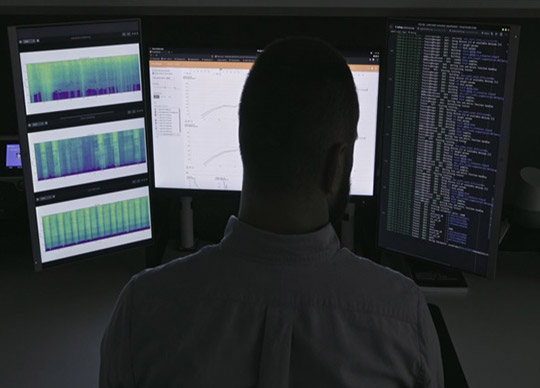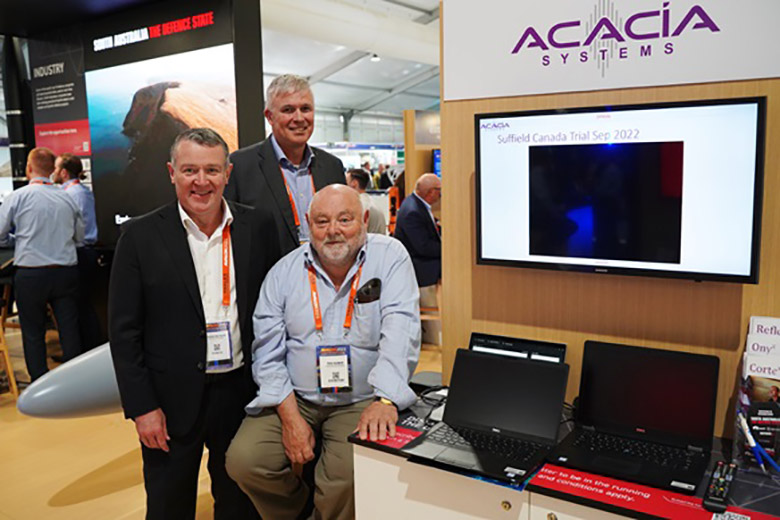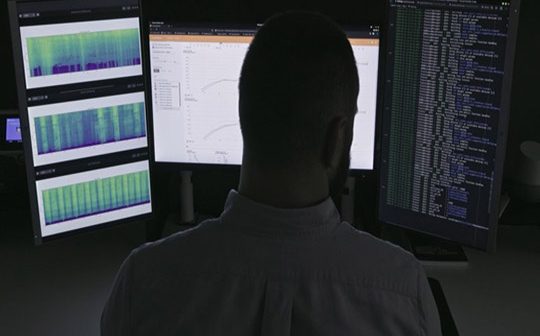
A new $1.6 million State Government funded project will help to boost the Royal Australian Navy’s undersea surveillance capability.
The project – Enhancing the RAN’s Undersea Surveillance Minimum Viable Capability – aims to improve operational performance by increasing the accuracy and range of automatic detection, tracking, and localisation of undersea threats.
Undersea surveillance operates in challenging ocean environments and with an increasing number of advanced undersea vessels in operation, it’s imperative our Navy has the best possible systems in place.
Defence software firm Acacia Systems have been selected to lead the project funded through the Defence Innovation Partnership’s Activator Fund and run in collaboration with Defence Science and Technology Group.
The project is also backed by the University of Adelaide, University of South Australia, Curtin University and Defence Science and Technology Group.
The Activator Fund was established in June this year to speed up the translation of innovative defence technology into real world capability for the Australian Defence Force.
The Fund enables South Australia to create and participate in larger-scale innovation activities strongly aligned with the most significant challenges facing Defence.
The Defence Strategic Review Undersea highlighted how critical warfare capabilities including long-range sub-surface intelligence, surveillance and reconnaissance is.
The AUKUS agreement also commits the partner nations to pursue technology sharing in additional undersea capabilities.

Thales Australia are supporting the project via the provision of Sonar data sets from their Bluesentry Autonomous Sonar Payload and Saab Australia their Combat Management System (CMS) development facilities at Mawson Lakes. Media contact: Jason Gillick 0417 152 137 premier.sa.gov.au
Five applications were received under the project theme 1 ‘Remote Undersea Surveillance Data Processing, Analysis and Networking’ with subsequent project themes under the Activator Fund to be announced later.
“The Activator Fund was established to support larger-scale, higher technology readiness level projects which are very closely aligned to Defence’s priorities, and we have seen that in this project led by Acacia,” said Susan Close MP, Deputy Premier Minister for Defence and Space Industries. “South Australia is home to world class research and industry capability in undersea warfare technology and the successful consortia are a highly experienced team with a long track record of delivering Defence projects.”
“The Defence Innovation Partnership’s Activator Fund demonstrates the harnessing of the national innovation ecosystem to rapidly transition technology developments into operational Defence capabilities,” said Chief Defence Scientist Prof Tanya Monro AC, DSTG. “DSTG is leveraging Australia’s best research minds through the Australian Defence Science and Universities Network to solve Defence’s greatest challenges and maintain a superior capability edge for the warfighter. The undersea surveillance project, led by Acacia, aligns with Defence Innovation, Science and Technology priorities to future-proof the Australian Defence Force in a complex, evolving environment.”
“Led by Acacia, the program will bring together world leading researchers from the University of Adelaide, University of South Australia and Curtin University with support from DSTG,” said Horden Wiltshire Chief Executive Officer Acacia Systems. “It will apply the latest research in the areas of multi-object tracking, reinforcement learning and large language models to improve the RAN’s persistent undersea surveillance capability. Saab Australia is providing in-kind support for the project and access to CMS development facilities with Thales providing Sonar data processed through their Bluesentry thin line Towed Array System. The use of uncrewed surface vehicles deployed with towed arrays represents an asymmetrical Anti-Submarine Warfare (ASW) capability. For example, for the fraction of the cost of ASW frigates, these systems can field a credible capability to detect threat submarines, without risking the lives of sailors in the process”.






